






There are more than 30,000 species of wasps around the world, and they come in a variety of shapes and sizes. Wasps have two pairs of wings and a narrow waist. They have two compound eyes and a pair of antennae. The mouthparts of a wasp are designed for chewing, so they cannot sting humans or other animals. However, the female wasp has a stinger that she can use to defend herself or her nest. Wasps are natural predators.
The wasp is a predatory insect that can be found in most gardens. Wasps are attracted to sweet fruits and flowers, and they will also feed on other insects. Some wasps are solitary, while others live in communal nests. Wasps are generally considered to be beneficial because they help to control the populations of other insects. However, they can also be a nuisance because they will sting humans if they feel threatened. In addition, wasps can be dangerous to people who are allergic to their venom. If you see a wasp in your garden, it is best to leave it alone. If you need to remove a wasp nest removal you should contact a pest control professional.
In Australia, social wasps primarily eat nectar from flowers. However, they will also feast on other insects, such as bees and flies. Wasps will also eat fruit, but this is not their preferred food source. In general, wasps are attracted to sweet smells and bright colours. This is why they are often seen hovering around picnic areas and rubbish bins. If you see a wasp near your food, it is best to move away quickly and avoid swatting at the insect, as this can agitate it and cause it to sting.
The life cycle of all the wasps is fascinating and complex. Most wasps go through four stages in their life cycle: egg, larva, pupa, and adult.
The first stage, the egg stage, typically lasts only a few days. The eggs are laid in a new nest, and the larvae hatch soon after.
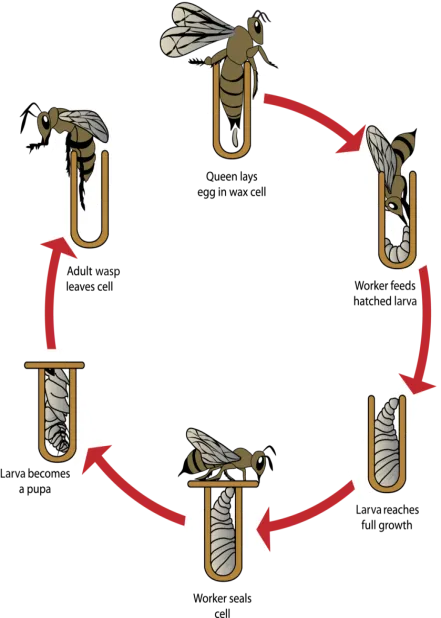
The second stage, the larval stage, is when the wasps begin to grow and develop. This stage can last for several weeks, depending on the species of wasp. During this time, the larvae are fed by the adults and undergo several moults.
The third stage, the pupal stage, is when the wasps undergo metamorphosis into adults.
This final stage can last for several days to weeks. Once the pupae have transformed into adults, they leave the wasp’s nest and begin to mate. After mating, the females lay eggs and start the cycle anew.
In a typical wasp colony, each member has specific responsibilities that contribute to the success of the group. The queen is responsible for laying eggs and ensuring the continued growth of the colony. The worker wasps build new nests, care for the young, and gather food. The drones are responsible for a mate with new queens. Each member of the colony plays an important role in keeping the group functioning smoothly.

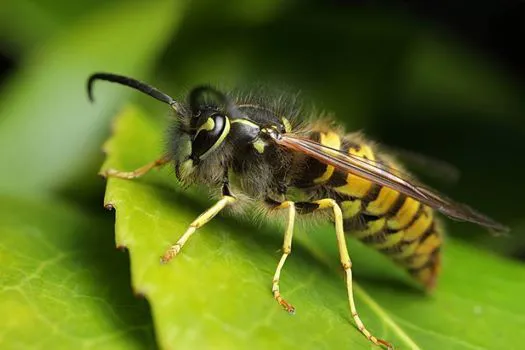



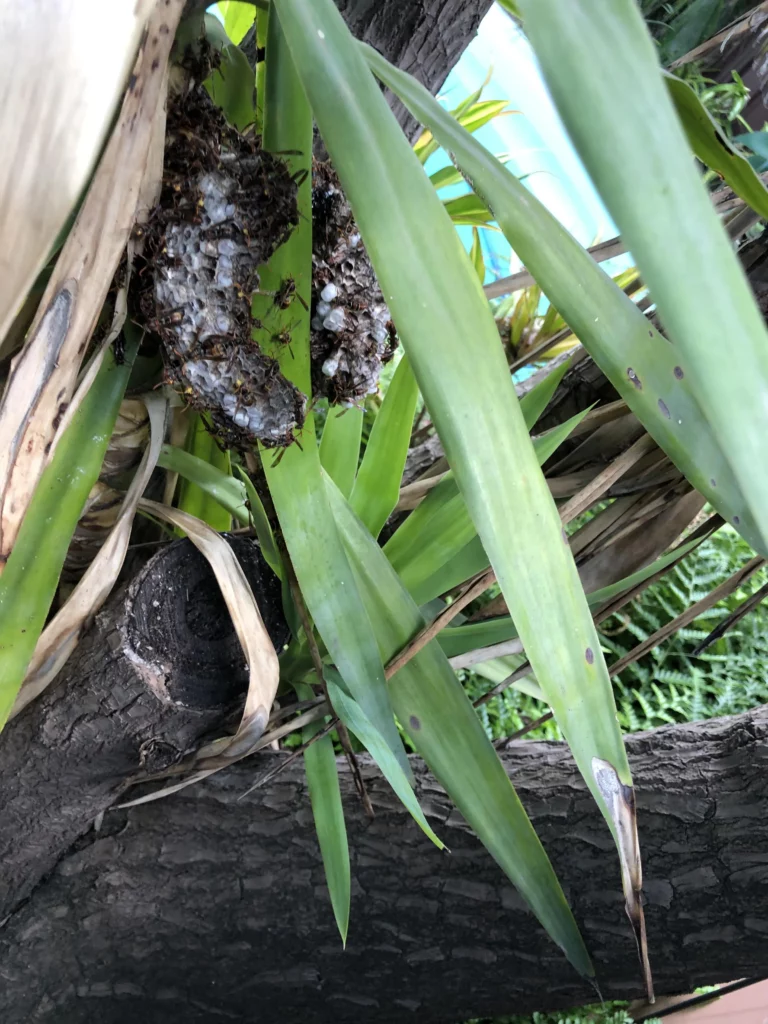
Wasp stings can cause several different symptoms, depending on the individual’s reaction to the venom.
The most common symptom is immediate pain at the site of the sting, which can be followed by swelling, redness and itchiness. In some cases, the sharp pain may radiate from the sting site to other parts of the body.
More severe reactions can cause difficulty breathing, swelling of the throat or tongue, and dizziness or faintness.
If you experience any of these symptoms after being stung by a wasp, it is important to seek medical attention immediately. Wasps are typically only aggressive if they feel threatened, so it is important to avoid disturbing their nests.
If you find yourself the victim of a wasp sting, there are a few things you can do to ease the pain and swelling.
First, it is important to remove the stinger from the wound. This can be done with a pair of tweezers or by scraping it off with a credit card.
Next, apply a cold compress to the area for 10-15 minutes.
This will help to reduce swelling and pain.
You can also take an antihistamine to help with any itching or redness.
Finally, be sure to wash the area with soap and water to prevent infection. If you have any other questions or concerns, please consult your doctor or pharmacist.
If you are allergic to wasps, seek medical attention immediately as a sting can be life-threatening.
By following these simple steps, you can quickly treat a wasp sting and get back to enjoying your day.
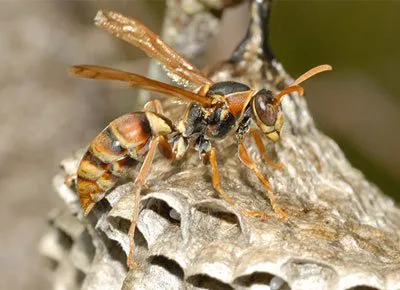

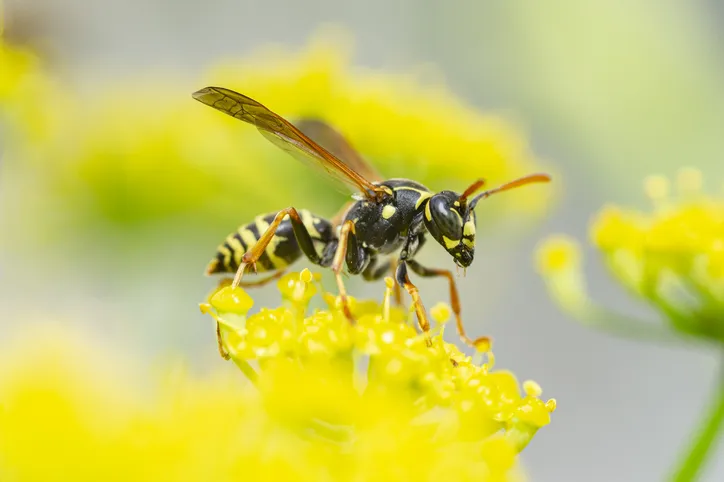

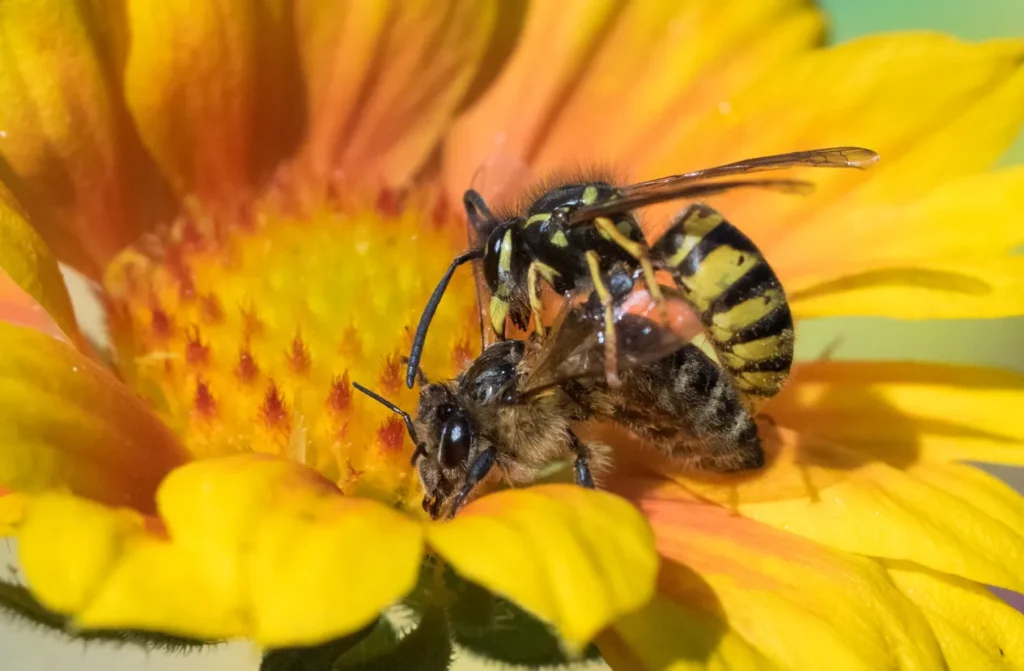

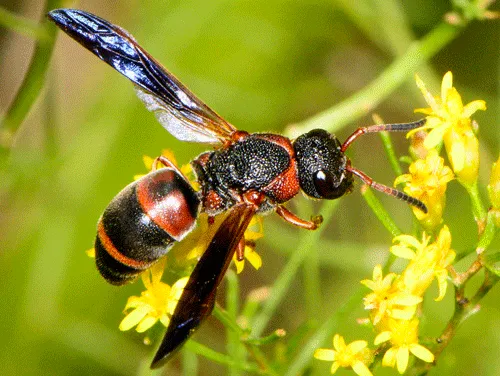


Pest technicians have a variety of methods for killing wasps and removing wasp nests. Must wear protective clothing before performing, usually wearing a bee suit.
Insecticide
One common method is to use an insecticide spray. This type of spray is designed to kill wasps on contact, and it can also be effective in killing the larvae inside a nest.
Another popular method is to use a dust or powder formulation. This type of product is typically applied directly to the nest, and it works by coating the insects and suffocating them.
Baiting
In some cases, pest technicians will also use bait traps to lure wasps into a container where they can be killed. These traps are typically placed near sources of food or water, and they often contain sweet liquids or proteins that attract wasps.
No matter which method is used, pest technicians are trained to safely and effectively rid homes and businesses of this pest infestation.
One of the most important things is to keep food and rubbish well sealed. Wasps are attracted to sweet smells, so open food containers and garbage cans are an inviting target for them.
regular checking around your premise to locate the nest sites for wasps. e.g. under eaves, under carports, in bushes
Another way to deter wasps is to keep your distance from their nests. If you see a wasp nest in your garden, try to avoid disturbing it, as this will only aggravate the wasps and increase the likelihood of them attacking.
if you do see a wasp nest, call a professional pest control company to have it removed safely
If you do get stung by a wasp, it is important to seek medical help if you experience any adverse reactions.
Get regular pest control service done to minimise wasps in your area
At E1 Pest Solutions, we understand that wasps can be a nuisance. That’s why we offer a range of services to help get rid of a wasp infestation. Our team is experienced and qualified, and we only use the latest techniques and products to ensure that your property is wasp-free to Australian standards. We also offer a free consultation so that we can assess the situation and provide you with customiszed wasp control services.
When it comes to pest control for wasps in Sydney, E1 Pest Solutions is your go-to choice, offering specialised services for both commercial and residential spaces. With over 20 years of industry experience, our seasoned professionals bring unparalleled expertise to every job, ensuring effective and lasting results. Moreover, we take pride in our commitment to eco-friendly practices, using products that are safe for use around pregnant women, children and pets.
E1 Pest Solutions understands the urgency of pest issues. That’s why we provide a same-day service, swiftly addressing your concerns. And our dedication doesn’t end there — we offer a 7-day follow-up to ensure the long-term success of our treatments. Rest easy with our 100% money-back guarantee, reflecting our confidence in the quality of our services.
Customer satisfaction is our primary focus. We aim not only to meet but surpass your expectations throughout our service. Our devoted team is dedicated to delivering efficient pest control solutions, as well as ensuring a smooth and positive overall experience. Your feedback is highly valued, and we consistently work towards refining our services to align with your specific needs and preferences.
For added convenience, our services are enhanced by cutting-edge technology. We provide tracking GPS upon arrival, and our customer-friendly app allows you to stay updated 24/7. Whether you’re a homeowner, strata manager, restaurateur, hotelier or business owner in Sydney, E1 Pest Solutions is your partner in creating a pest-free environment.
So, if you’re looking for wasp control, look no further than E1 Pest Solutions. We’re here to help you get rid of those pesky wasps for good! Take action now and experience the difference that quality pest control can make.
Whether it’s ants, termites, spiders, mice, mosquitoes, cockroaches or bed bugs causing a nuisance, we’ve got you covered. Our expert team specialises in effective pest control, including termite barriers and customised pest control packages. Choose peace of mind and a pest-free environment — contact us for a free quote or book an inspection today!
Got wasps buzzing around your home or business? Don’t wait until someone gets stung. E1 Pest Solutions provides fast, effective wasp nest removal in Sydney, using professional-grade equipment and treatments to safely clear out wasps before they become a serious hazard.
We’re local, licensed, and offer same-day wasp removal in Sydney. Whether it’s a small paper nest under the eaves or a full-blown infestation in your yard, we’ll take care of it quickly and safely.
Wasp removal in Sydney isn’t a DIY job. Wasps are territorial, aggressive, and quick to defend their nests, especially during warmer months. Our trained technicians come equipped with the proper gear, protective clothing, and specialist insecticides to remove wasps with minimal risk.
Our wasp pest control service includes:
Need extra coverage? We also offer pest control termite inspection services, and bundled pest protection for high-risk homes.
Our wasp control in Sydney services are available for homes, businesses, schools, cafes, childcare centres, warehouses—you name it. Wasps don’t discriminate, and they often nest in hidden areas that go unnoticed until the swarm shows up.
We treat all common nesting sites, including:
Our team understands the urgency and risk that comes with active nests. That’s why we arrive quickly and get to work with minimal disruption.
Not sure if you’re dealing with wasps or just annoying flies? Book a wasp pest control service if you’ve noticed:
These are all signs of a growing wasp population—and the sooner you deal with it, the safer your property will be.
Aside from the fear factor, wasps present real risks. A single sting can cause pain, swelling, or even allergic reactions. Multiple stings? Far more serious—especially for kids, pets, or anyone with sensitivities.
Professional wasp control service is the safest and most effective way to:
Unlike bees, wasps don’t die after they sting—so one nest can pose an ongoing threat. That’s why wasp pest control is one of our most in-demand services during spring and summer.
Our wasp pest control Sydney process is safe, fast, and proven to work.
Here’s how we do it:
If you’ve got multiple nests or want extra peace of mind, we can also include follow-up treatments as part of a longer-term pest management in Sydney.
Don’t wait for someone to get stung. Book your wasp nest removal Sydney service with E1 Pest Solutions and let us handle the danger. We’ll respond fast, treat the problem thoroughly, and follow up to make sure your home or workplace stays wasp-free.
You can also combine your service with rat pest control in Sydney, end of lease pest control, or a full pest control termite inspection if you’re due for a complete check-up.
Call now or book online for a same-day wasp control service backed by experience, safety and results.
Pricing starts from $132 and varies based on the nest size, location, and access. We’ll give you a clear quote before we start.
Yes. Our treatments are safe and approved for use in homes and workplaces. We’ll also give you instructions for any temporary precautions post-treatment.
Once a nest is removed and treated properly, the colony won’t return to that site. However, new nests can form nearby if the area remains inviting. We’ll give you prevention tips to help.
We offer same-day wasp removal in most Sydney areas. In urgent cases, call early and we’ll do our best to prioritise you.

ABN 28640611892
License No. 5097543
